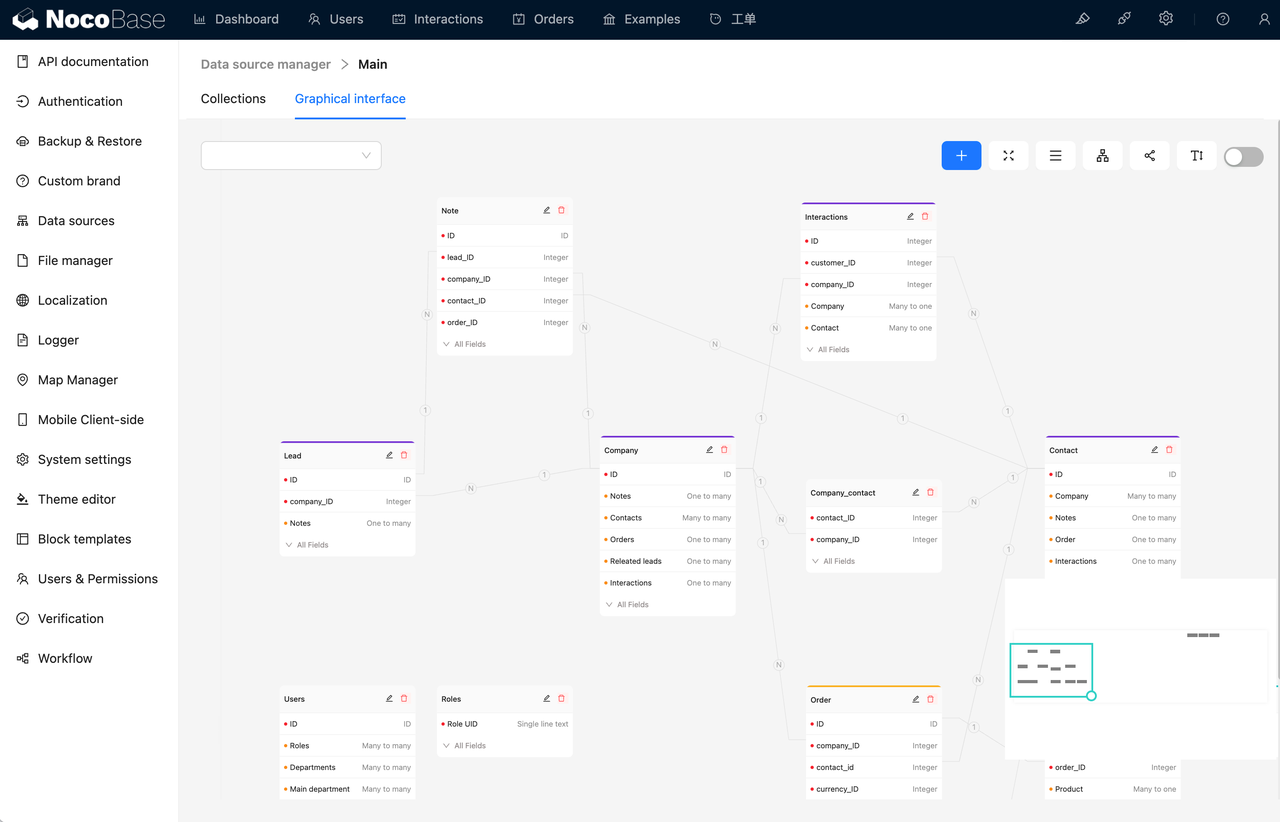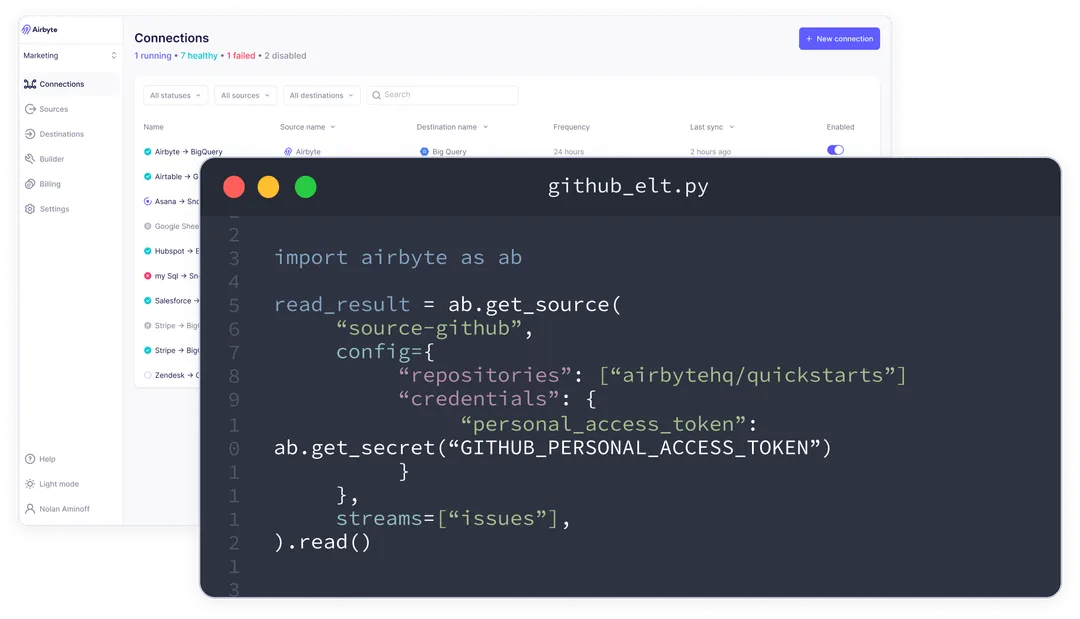In today’s digital enterprises, “data silos” remain a pervasive challenge. A single customer may have records in CRM, support tickets in the helpdesk system, and transactions in the payment gateway—but these data points often exist in isolation, making it impossible to drive automated actions or gain unified insights. Many organizations resort to manual Excel exports, custom scripts, or system-by-system integrations just to facilitate basic business workflows.
This fragmentation of data has become one of the biggest hurdles to digital transformation.
This is where Data Integration Platforms come in. Their core value lies in connecting internal and external systems, ensuring data flows to the right place, at the right time, and in the right format. Based on different use cases, these platforms can be categorized into three main types:
- Low-Code Platforms that combine data integration with application building, ideal for lightweight business systems.
- ETL Tools focused on data warehousing, emphasizing efficient and reliable data movement.
- No-Code iPaaS Tools for automation, designed to connect disparate business processes.
💬 Hey, you’re reading the NocoBase blog. NocoBase is the most extensible AI-powered no-code/low-code development platform for building enterprise applications, internal tools, and all kinds of systems. It’s fully self-hosted, plugin-based, and developer-friendly. → Explore NocoBase on GitHub
Below, we’ve curated 7 top data integration platforms across these three categories:
1. Data Model-Driven Application Platforms
Best for: Building business systems with forms, data views, and permission controls.
NocoBase – Open Source No-Code/Low-Code Platform
Website: https://www.nocobase.com/
GitHub: https://github.com/nocobase/nocobase
GitHub Stars: 15.7k
Key Features:
- Data Model-Driven: Build applications around structured data models rather than spreadsheets or basic databases. This aligns closely with real-world business logic, making it ideal for complex workflows.
- Plugin Architecture: Highly modular with a plugin system that keeps the core lightweight while enabling infinite extensibility.
- Powerful Integration: Seamlessly connects multiple data sources, existing systems, and builds unified data entry points. Users can integrate data and build workspaces, dashboards, or internal tools in one platform.
Use Case: Enterprises of all sizes needing to integrate multi-source data and build systems like CRM, ERP, or custom workflows.
2. Enterprise ETL & Data Pipeline Tools
Best for: Organizations focused on data warehousing, led by data engineering or analytics teams.
Airbyte – Open Source Data Integration Platform | ELT Tool
Website: https://airbyte.com/
GitHub: https://github.com/airbytehq/airbyte
GitHub Stars: 18.2k
Key Features:
- Extensive Connector Ecosystem: Over 600+ OSS connectors and 550+ cloud connectors, with support for low-code/AI-driven custom connector building.
- Simplified AI Workflows: Load unstructured data directly into vector databases like Pinecone to enhance GenAI applications.
- Flexible & Secure Deployment: Self-hosted, cloud, or hybrid options with ISO 27001 certification, encryption, and centralized tenant management.
Use Case: Large-scale SaaS data synchronization, multi-database consolidation, and data warehouse ETL pipelines.
Fivetran – Automated Data Movement Platform

Website: https://www.fivetran.com/
Key Features:
- Comprehensive Data Ingestion: Automatically and securely moves data from 700+ sources (SaaS apps, databases, ERPs) to warehouses and lakes.
- Flexible Deployment: On-premise, cloud, or hybrid options to meet diverse security and compliance requirements.
- Enterprise-Grade Support: Streamlined automation reduces complexity, ensuring reliable data flow for analytics and cloud migrations.
Use Case: Enterprise SaaS data warehousing, BI synchronization, and cross-departmental data consolidation.
Hevo Data – ETL, Data Integration & Pipeline Platform
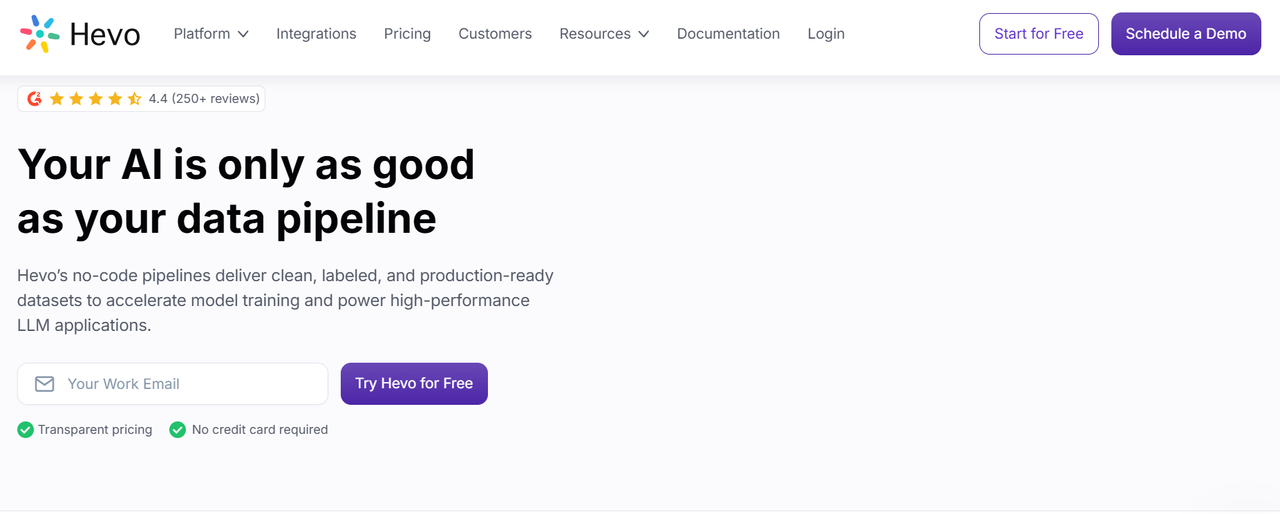
Website: https://hevodata.com/
Key Features:
- Fully Managed Pipelines: Automatically handles updates, schema drift, and failures with proactive alerts.
- Flexible Integration: 150+ pre-built connectors for databases, SaaS apps, and custom destinations.
- Data Processing & Insights: Zero-code pipeline creation with Python scripting, dbt integration, and real-time data replication for fast insights.
Use Case: Mid-sized enterprises and analytics teams needing rapid dashboard and reporting systems.
3. iPaaS / No-Code Automation Platforms
Best for: Business-driven teams needing to connect SaaS tools and automate workflows.
Zapier – No-Code Workflow Automation
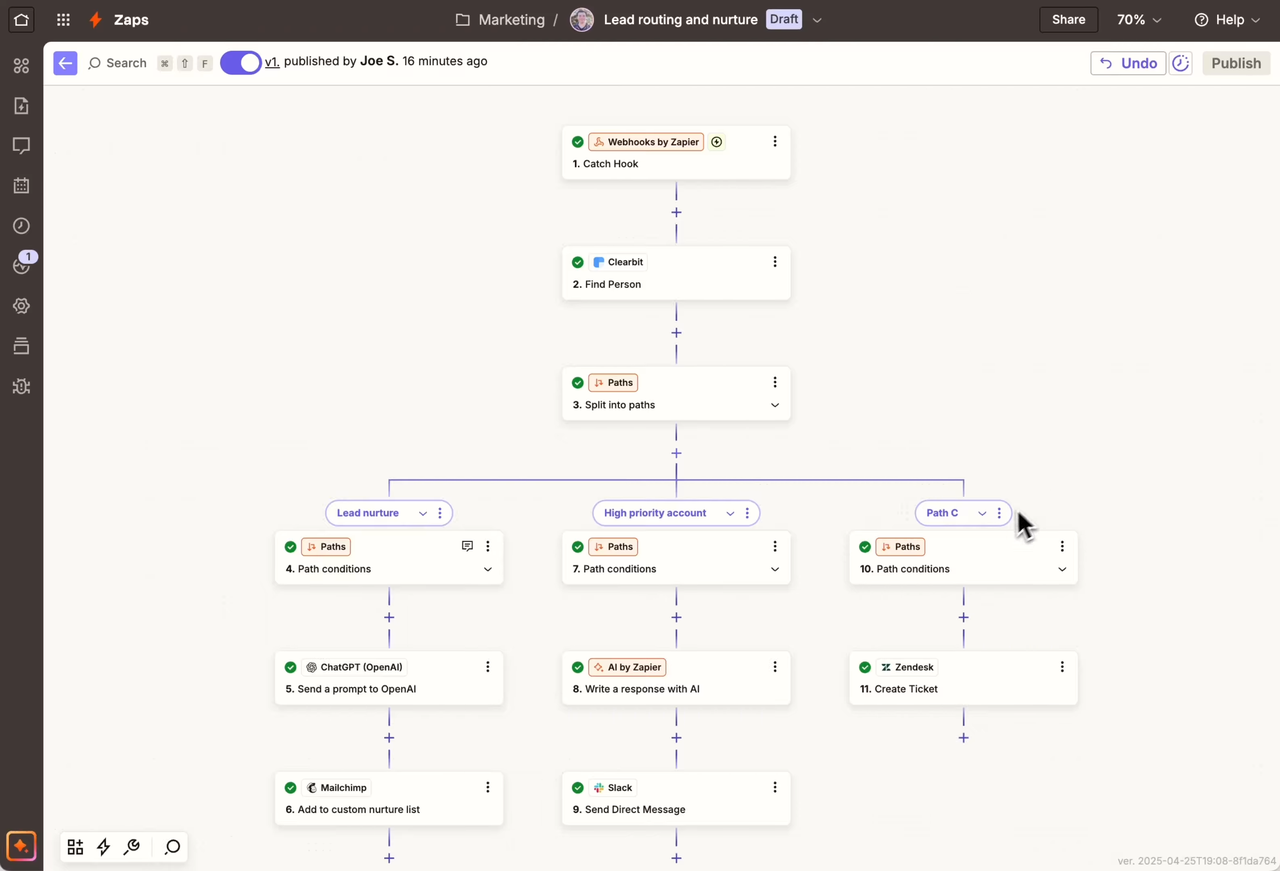
Website: https://zapier.com/
Key Features:
- AI + Automation: Connects 8,000+ apps with 300+ AI tools, embedding OpenAI and Pinecone into workflows.
- Zero-Code Builder: Visual workflow design with AI assistants, deploy automations in minutes using pre-built templates.
- Enterprise Security: SOC 2 (Type II) certified, GDPR/CCPA compliant, with SSO and role-based access control.
Use Case: Startups, marketing teams, and small organizations needing quick automation.
Make – Workflow Automation Platform
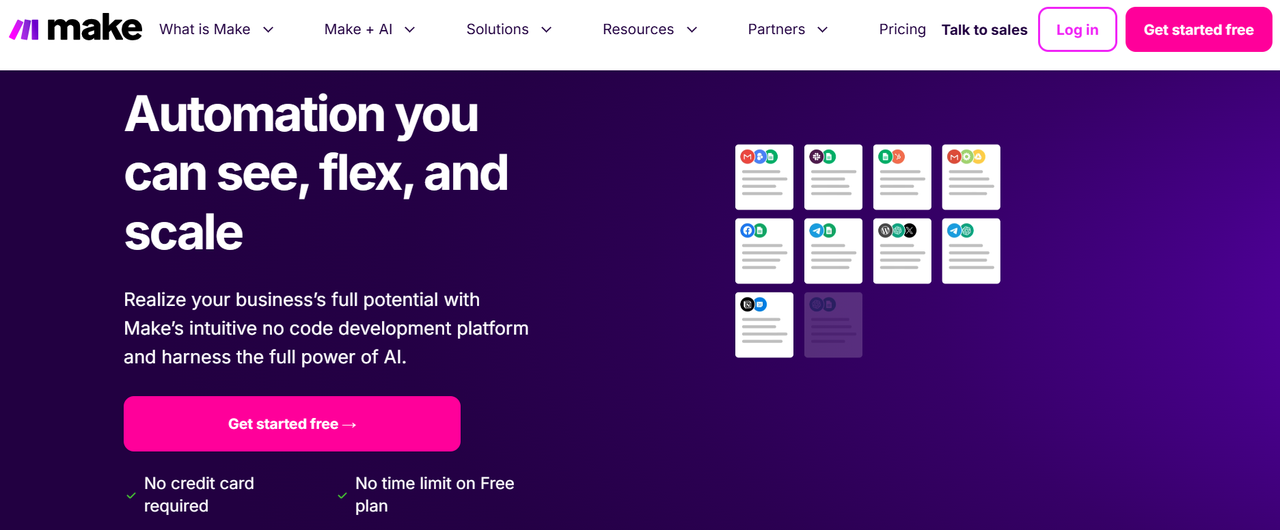
Website: https://www.make.com/
Key Features:
- Visual Workflow Builder: Drag-and-drop interface with AI integration for building complex automations.
- AI Application Integration: 2,000+ pre-built app connectors with AI-powered decision-making.
- Cross-Team Collaboration: Collaborative workflow design with role-based permissions and version control.
Use Case: Digital teams needing to connect multiple services for complex automations.
n8n – Open Source Workflow Automation
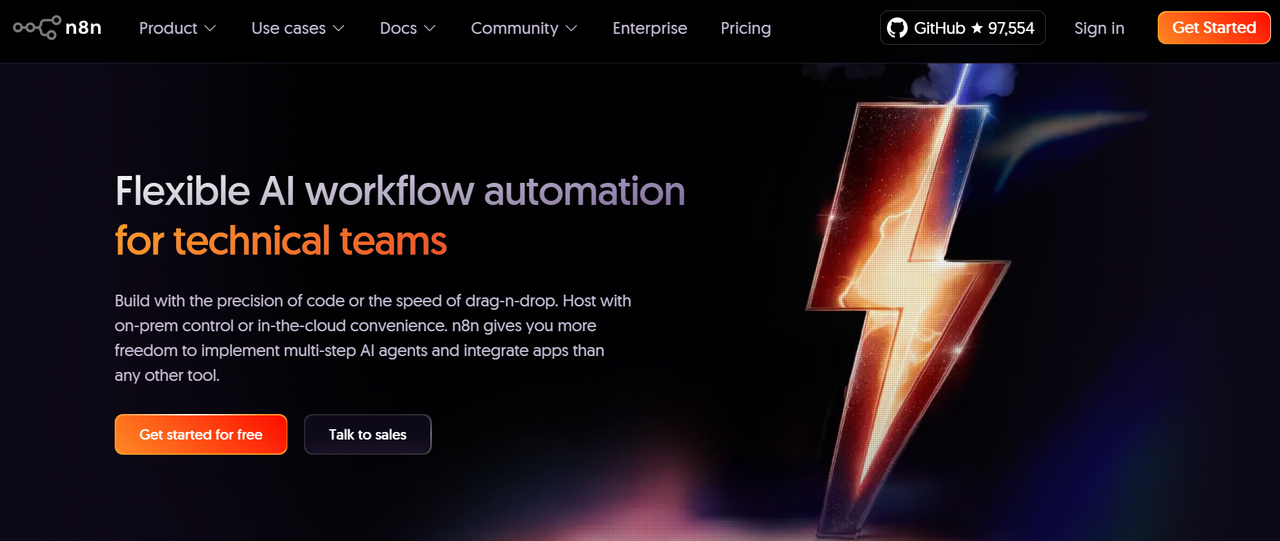
Website: https://n8n.io/
GitHub: https://github.com/n8n-io/n8n
GitHub Stars: 97.6k
Key Features:
- Code & Visual Hybrid: Switch between drag-and-drop visual workflows and JavaScript/Python code for custom logic.
- Local AI Deployment: Self-host LLM models (LLaMA, GPT-J) for offline AI workflows with 500+ integrations.
- Enterprise Collaboration: Git versioning, multi-environment support (dev/test/prod), and RBAC permissions.
Use Case: Tech startups and development teams needing code-powered automation.
Summary
- For Data Warehousing: Choose ETL tools like Airbyte, Fivetran, or Hevo Data for robust data pipelines.
- For SaaS Automation: Opt for lightweight iPaaS solutions like Zapier, Make, or n8n to connect tools and automate workflows.
- For Integrated Data + Applications: Use low-code platforms like NocoBase to build custom systems while integrating data sources.
The biggest challenge in digital transformation isn’t the lack of tools, but the lack of system interoperability. Choosing the right data integration platform is the first step toward breaking down silos and achieving true business synergy.
Related reading:
